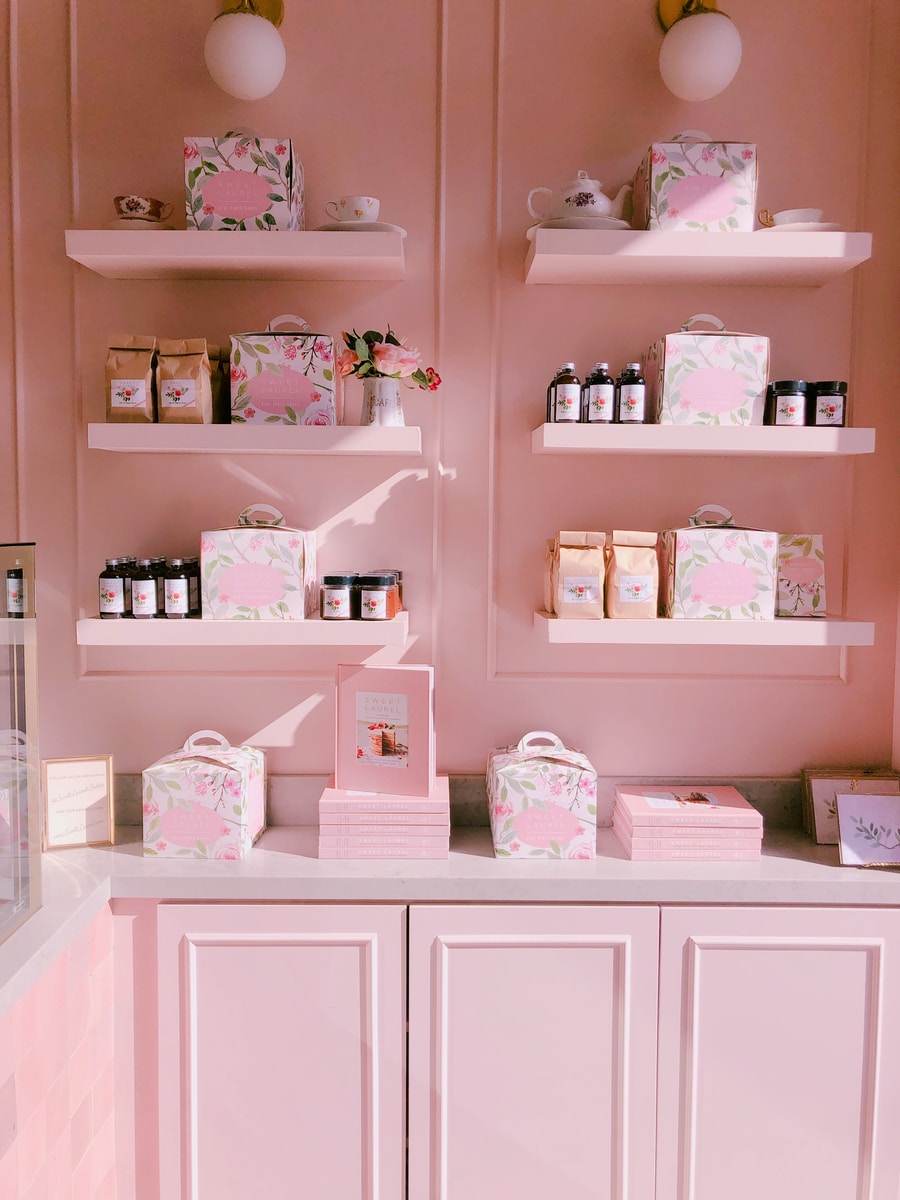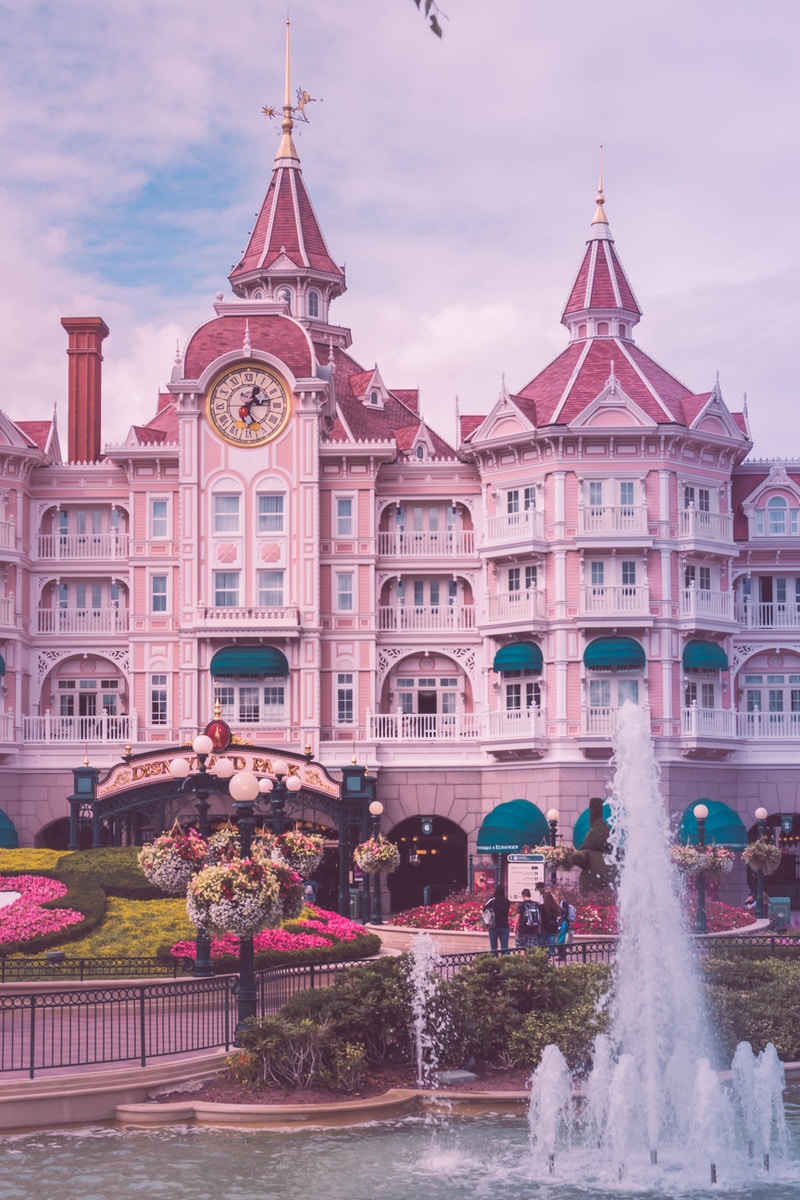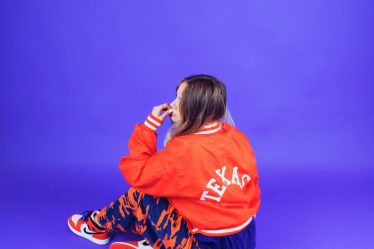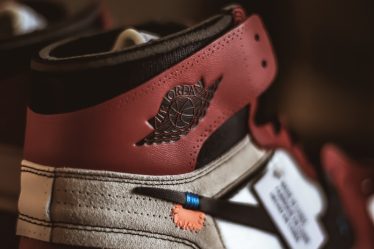
What would be your definition of personal style? What celebrities, music, eras or trends would you use to sum up your personal style? How would you reduce the sentence to one word?
You may have identified with one subculture when you were growing-up, such as emo, preppy, townie, or goth. However, if you are younger, you might be more familiar with the language of aesthetic culture that has emerged online in recent years. There is even a website that helps you to figure out your brand: Aesthetics Wiki lists hundreds, if not thousands, of online and offline aesthetics to choose from. These aesthetics are on the rise. Others are as niche as they come. You might love country weekends, home baking, and flowers in baskets – then your style is Cottagecore. Goblincore is for you if you like fantasy fiction, earth tones and remnants from the steampunk movement. In the mainstream Instagram and TikTok worlds, however, angelcore has taken center stage. It is characterized by dreamy, hazy celestial images with a variety of pinks, lemons, and baby blues. But where did it all come from?
This soft, girly look has roots in the 2010s. It was created at the same time that a few female photographers started making glossy, subversive and hyperfeminine images. These images were then shared online by a small group of women photographers, creating a new understanding of “girl photos.” British artist Juno Calypso was one such photographer. She created a series self-portraits set in pink domestic scenes and gained a lot of popularity, especially among young girls. Stella McCartney hired her and posters of her photographs are now found in bedrooms all over the globe. Calypso can pinpoint her approach to the cliched “girly”, aesthetic to certain moments in her teenage years. She recalls that she was a fan of the 2002 “Barbie is a slut” T-shirt. “I wore it proudly, with bleached hair and pigtails. I wanted to be Barbie-slut. There was also an obsession with Nicole Richie and Paris Hilton. It’s probably an ironic-bimbo aesthetic. The irony was only a shield. The pink velour underneath gave me pure joy. It’s true, that’s the point.” “Good” and “proper” feministism were defined as rejecting socially-constructed beauty standards. Artists like Calypso helped us understand that enjoying and accepting femininity, in whatever form it is, is just as radical.
American artist Ashley Armitage began making work in 2016. She was creating beautiful, blurred pictures of her friends at home in 2016, using fuzzy focus and pings light to create them. Disciples of angelcore as well as interrelated aesthetics like softie and babycore collect inspiration on Pinterest and Tumblr contextless “dreamy” images found on blogs of fluffy clouds and cherubs, mirrors and roses. Armitage recalls her first uploads to the internet in 2008 and echoes this importance in her own development. “Flickr was the first, then it was Tumblr. I think Tumblr played a significant role in helping me find my aesthetic as a teenager.” It was a wonderful community of people and inspiration. My Tumblr became my moodboard. I would find vintage photos that I liked and reblog them to remind myself of how I could use them in my future projects. Armitage says that Instagram was the next big thing and she finds the greatest sense of community through it.
Armitage was raised as a Jehovah’s Witness for the first few years. She was not allowed to celebrate Christmas or birthdays, and she had to be absent from school when her parents brought cupcakes into the classroom for special occasions. Her mother was excommunicated when she was five and her family was forced to leave the house. Armitage expressed gratitude for the opportunity to grow up “fairly frequently”, but maybe the fact that she started life without the sweetness and color of today helps to explain the fantasy world she has created through her art. She once called it “a dreamy pastel candy world”, which she now describes by adding: “I tried shooting a roll black and white film last summer and it was so boring. We learned our lesson! Things that are “girly” appeal to me. A stranger could see my work and assume it was taken by a girl, I believe. This is a lot of nostalgia for me. It’s a lot about recreating the styles or memories that I grew up with. These aesthetic tropes often refer to childhood regression. Teenage bedrooms are where we remember what we loved. “Armitage says that bathrooms and bedrooms are intimate spaces we spend a lot time in and are just so beautiful aesthetically. “Bathrooms remind me of when I was a teenager listening to music in my bath, and bedrooms reminds me of getting dressed every morning with my sister and mom.” Calypso agrees, saying: “I used spend a lot time decorating and ‘curating’ my bedroom. I also felt the need to display it in photographs. ”
Arvida Bystrom, a Swedish artist, is another leading figure in soft and dreamy aesthetics. She began taking photos in a similar fashion in the early 2010s in her bedrooms and bathrooms when she was a little girl. She is all adorable in cute underwear, candy-colored hair and selfie sticks, as well as love hearts, glitter, and gold. Real girls, real bodies. When she was younger, shooting in her bedroom was simple and inexpensive. But, it was an interesting window into intimacy. She says that our phones and computers are windows into other worlds as well.
Brooklyn-born and raised photographer Rochelle Brockington agrees. Many of her photos are taken in soft, bubbly spaces. These include rooms with flowing organza curtains and velvet couches and beds. She says these materials feel familiar, and even comforting, in a nostalgic way. She muses, “I like to imagine all my photos being set within this dreamland that you created where everything feels great.” “For a time, I was embarrassed by the fact that pink and being girly were my favorite colors. It was a shame that I couldn’t approach this feeling as it would make me look foolish or immature. But then, I realized that pink is my power color. ”
Brockington says, “I feel at home looking at pink and all its variations.” The soft aesthetic makes it feel like I’m at home. My personal work focuses on Black and brown people of colour. With all the current events, it’s important that I remind people that they can be soft and feminine. She believes that the pink, super-soft aesthetic is not as accessible or inclusive as it should be. This is odd, she says, “considering that if your [assigned] gender at birth, pink will be thrown at you.” But she hopes images like hers will help to promote change. Some people are perceived as soft while others are not – but I enjoy creating these images to help with that. “No matter what size or gender, anyone can be soft. Soft doesn’t have to be feminine. If that is their choice, I love to see people of all ages tap into this aesthetic. ”
Bystrom answers questions about why girls are attracted to this type of imagery. You could feel a sense of control over the world and be able to alter its appearance. It’s great fun to discover beautiful colors and compositions from a brainwork perspective. Calypso also states that the most important form of social currency is how we look still. This forms the basis of a lot of what we post online about ourselves, especially in our teenage years.
She says that Instagram is about image anxiety, but TikTok allows you to express yourself freely. But you don’t have to practice alone in front a mirror. It’s possible to perfect it and share it. It’s almost like dancing when nobody is watching but everyone is now watching.
All of these artists create images that have an enduring softness. This softness is a sign of feminine strength and connection. Armitage says that making her Instagram a safe space for her community is the most important thing. She says, “I believe that my followers are pretty amazing people and I’ve witnessed some incredible conversations and connections occur over the years.” She said that she wanted the girls in her photos to feel as if they were looking back on their pictures. She believes that a person’s clothing, their bedroom, and the objects they have displayed can help them recall the time.
Brockington says that the pink aesthetic is helping girls “take back their autonomy”, removing it from being associated with being childlike. She concludes that “young adults wearing pink, dresses and whimsical makeup should be encouraged.”
Armitage’s visual style is a bit different from her work in the mid-2010s. Her images are darker and more cinematic. This is likely because Armitage’s work evolves with the artist. It is one of the most beautiful, sincere, and heartfelt things about art. Calypso went through a “blue” period and made work about the unsettled side of women freezing eggs. Bystrom’s creative evolution was about a shift in message. “I used to be interested in highlighting the subversive side of pink and girly aesthetics. This was around 2010, when it wasn’t as common in popular culture.” She says that a decade later, it has become clear to her to the extent that political ideas too focused on the visual are easy for brands to exploit. She adds that she doesn’t believe all human actions have to be pure and healthy. “But, I don’t believe everything we make has to be perfect and healthy.” It is enjoyable to practice. It draws people in in a semi-toxic, but still captivating, and exciting, way. She continues to create compelling, beautiful images that explore femininity and online culture. She describes herself on her website as a “digital native with an intrinsic connection to pink”. The video shows her with bunny ears, butterflies loops and a background of pink. This is more beautiful than anything.
Angelcore and softie are movements that girls own and shape, with a focus to reclaim femininity and self-image in an internet age. While the definition of what that means has changed over the past decade, artists such as Armitage and Bystrom, Calypso, Brockington, and Brockington have laid the foundation for aesthetics such as this to blossom across the internet, and among the next generation. Young artists and content creators on TikTok now are picking up on the visual styles these women created, mixing them with elements of trends like the Japanese kawaii and loading them with tears and wings, harps and halos as per their current aesthetic of choice. In the pictures flooding their feeds, though, the visual mood remains the same – they’re all pink pastel girl worlds, where anything is possible. . .





